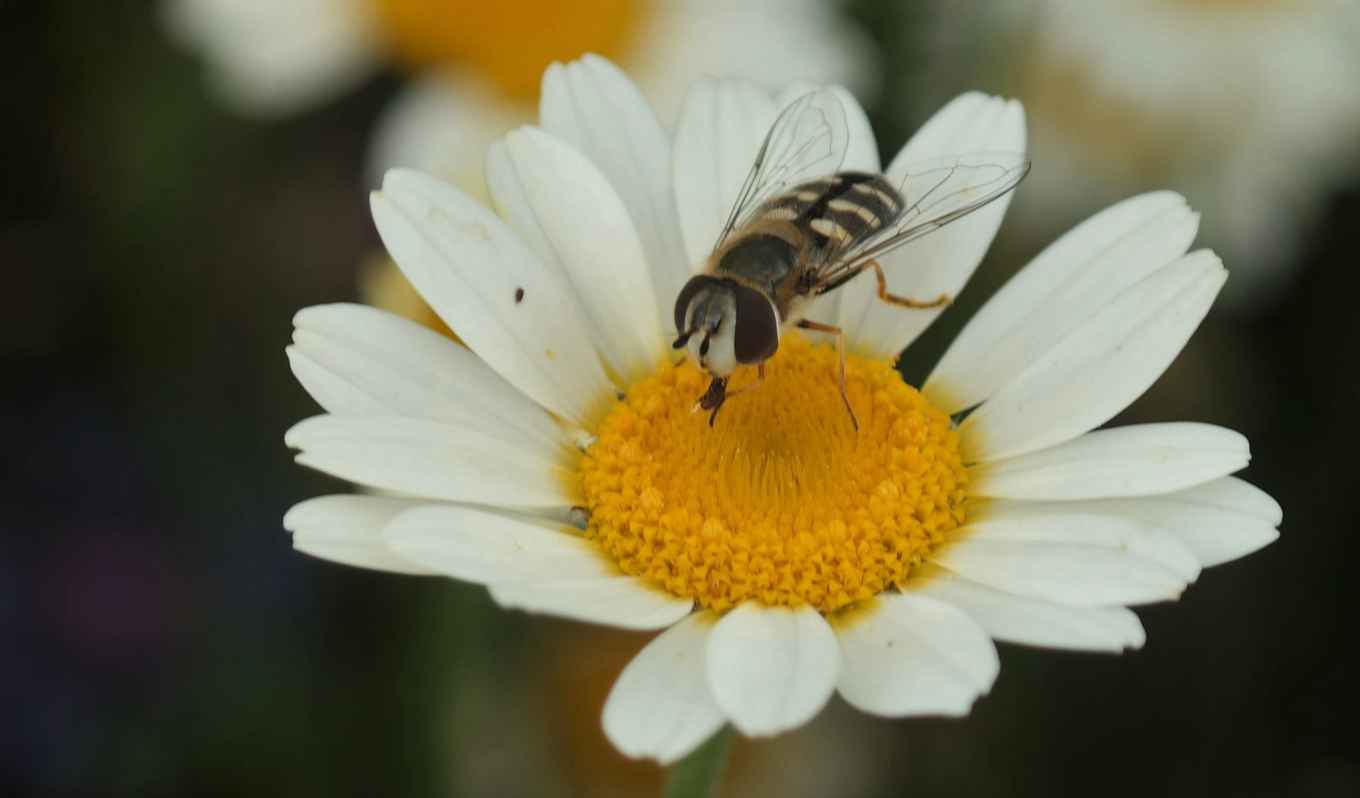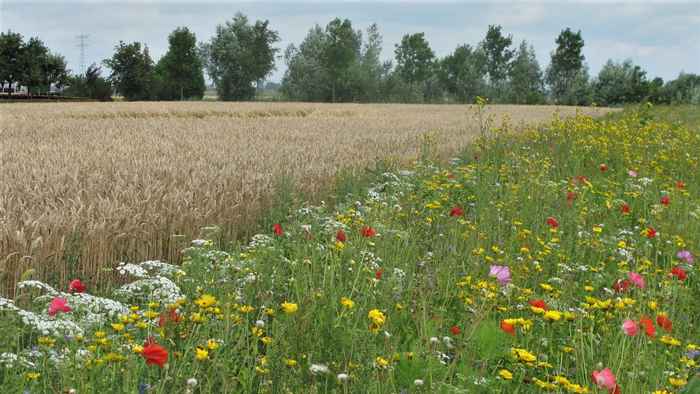Pesticides do not reduce arthropod pest densities when natural enemies are present
24 June 2021

Despite mounting concern for their side effects, chemical pesticides remain the main agents for control of arthropod pests of agricultural crops. Besides their side effects and the development of resistance in pests, another problem with pesticide applications is pest resurgence: an increase in pest densities some period after the initial reduction of the pest with pesticides. Over several pest generations, this resurgence can result even in higher average pest densities with pesticide applications than without them, even when the natural enemies are less sensitive to the pesticides than the pests.
Mathematical models
‘Using mathematical predator-prey models of increasing complexity, we simulated the dynamics of pests and their natural enemies with various methods of pesticide application, from once per season to regular and applications when a threshold pest density was reached.’ explains first author Dr Arne Janssen, associate professor at the UvA Institute for Biodiversity and Ecosystem Dynamics. These simulations show that with pesticide applications, pest densities resurge to levels above the densities obtained without pesticides, even when the natural enemies are less susceptible to the pesticides than the pest. Pesticides decrease pest densities consistently only when they strongly reduce or eliminate natural enemies. Hence, the model simulations predict that, when natural enemies are present and suffer some mortality because of the pesticides, pesticide applications will initially result in decreased pest densities, but later in increased densities, resulting in increased average densities during a growing season.
‘This will even occur when pesticides are applied repeatedly. A possible verbal explanation for this is that pests suffer directly from pesticides, but at the same time, they indirectly benefit because the densities of their natural enemies are also reduced,’ says Dr Paul van Rijn, researcher at the UvA Institute for Biodiversity and Ecosystem Dynamics. In contrast, the natural enemies suffer directly from the pesticides, but also indirectly because the densities of their prey are reduced. This explanation is supported by simulations in which the predators could feed on alternative food or prey that were not affected by the pesticides, which results in much weaker pest resurgence.
Literature review
A logical next question is whether there is support for these theoretical findings from field experiments. ‘To this end, a statistical analysis was performed of published data of multi-generation field experiments that compared effects of chemical control of arthropod plant pests in the presence and absence of natural enemies. By far, most studies reported that natural enemies were present in the field, and the average effect of pesticides in these reports did not differ significantly from no effect, thus largely confirming the predictions. The average pest densities did decrease significantly with pesticide applications when natural enemies were absent, which was the case in a minority of the studies.’ explains Janssen.

The study shows that the presence of natural enemies of pests often makes the use of chemical pest control superfluous. It also indicates that the effectiveness of chemical pesticides should be assessed by longer-term field studies in the presence and the absence of natural enemies. ‘Most likely, even more effective pest control can be achieved by increasing the effectiveness of natural enemies by conserving, stimulating or releasing them. Moreover, natural pest control will result in more sustainable agriculture than the application of synthetic pesticides, with their well-known disadvantages,’ concludes van Rijn.
Publication details
Arne Janssen, Paul C.J. van Rijn: ‘Pesticides do not significantly reduce arthropod pest densities in the presence of natural enemies,’ in Ecology Letters. DOI: https://doi.org/10.1111/ele.13819